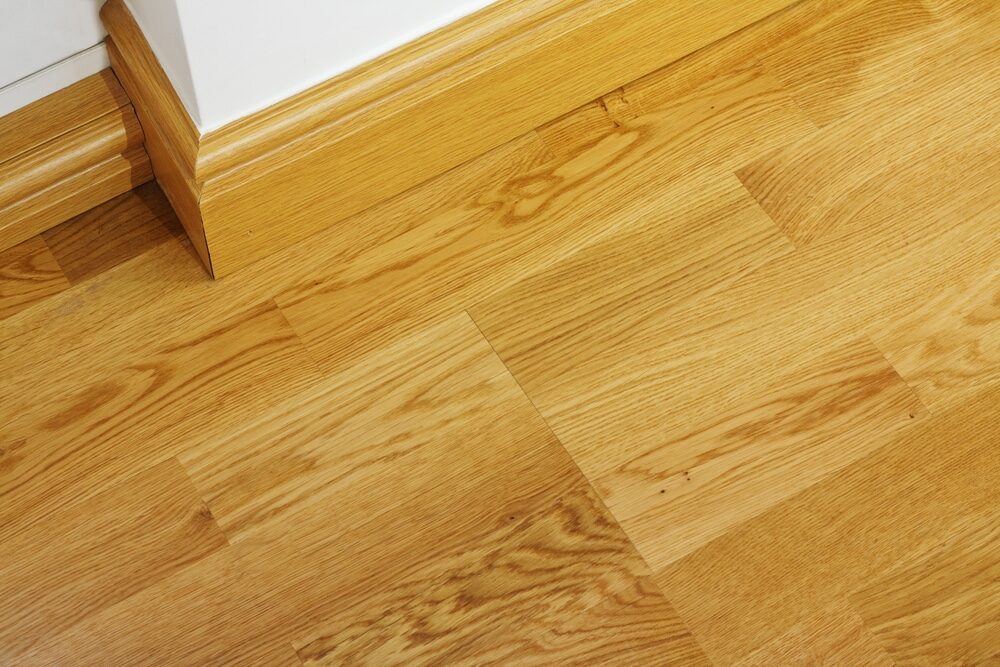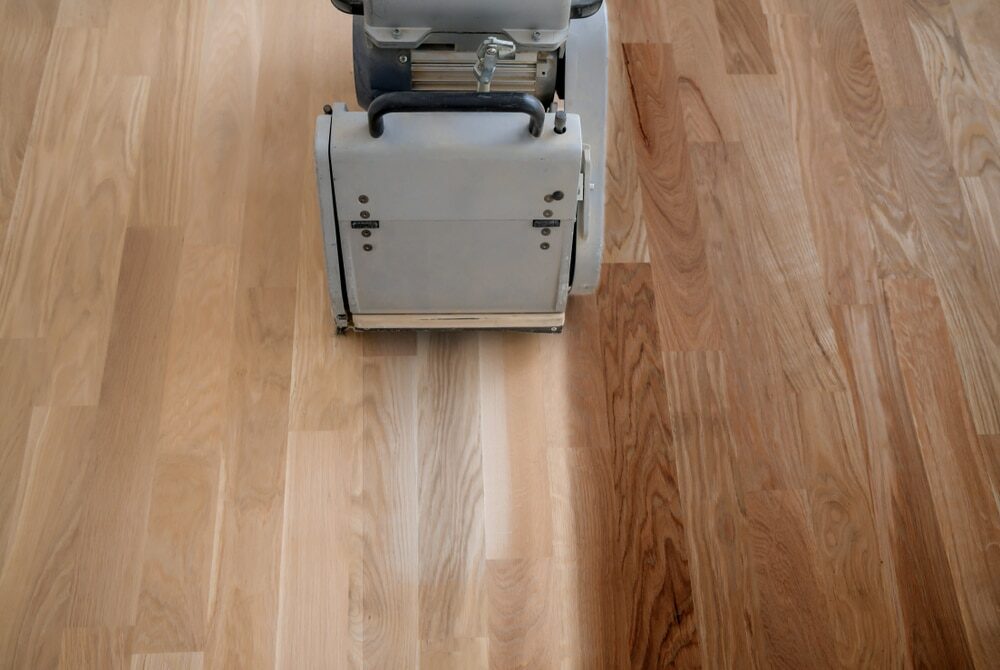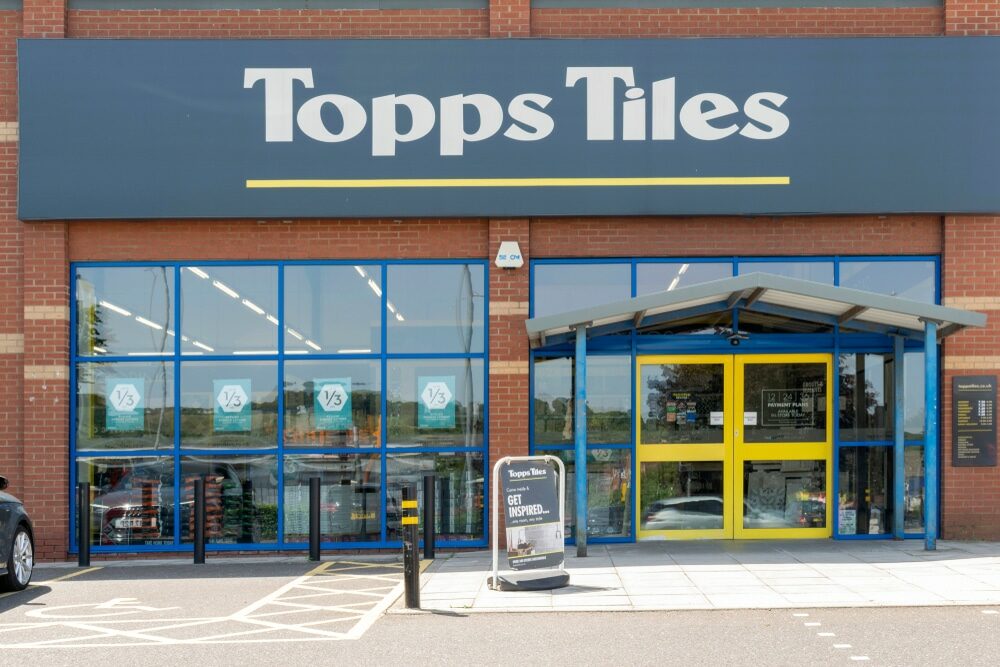London:
Nationwide:
Demystifying Hardwood Flooring Installation Systems
Posted on May 8, 2023
Articles
Understanding Different Hardwood Flooring Installation Systems: A Comprehensive Guide
Hardwood flooring has long been a favourite among homeowners due to its timeless appeal, durability, and the value it adds to any space. However, installing hardwood flooring isn’t as simple as it may seem. There are several methods to choose from, each with its own unique advantages, challenges, and suitability depending on your circumstances. This blog post will delve into the world of hardwood flooring installation systems, providing you with the knowledge needed to make the best decision for your home.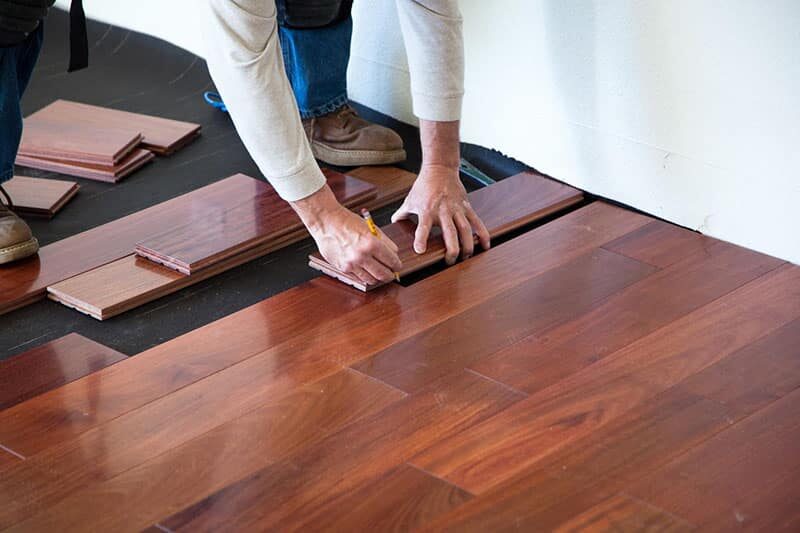
1. Traditional nail-down installation
The first method we’ll discuss is the traditional nail-down system. As the name suggests, this system involves fastening the hardwood planks directly to the subfloor using nails. This method is best suited for solid hardwood flooring and requires a wooden subfloor for the nails to grip. The process begins by laying a moisture barrier over the subfloor to protect the wood from any potential water damage. Next, the first row of planks is nailed manually to ensure precision, while subsequent rows can be secured with a flooring nailer. The edge of the nailer is placed against the tongue of the plank, and a mallet is used to drive the nail into the tongue at an angle, securing the plank to the subfloor. The nail-down method is renowned for its stability and longevity. However, it can be time-consuming and requires considerable expertise to ensure proper installation. The use of tools like a flooring nailer also makes it less DIY-friendly compared to some other methods.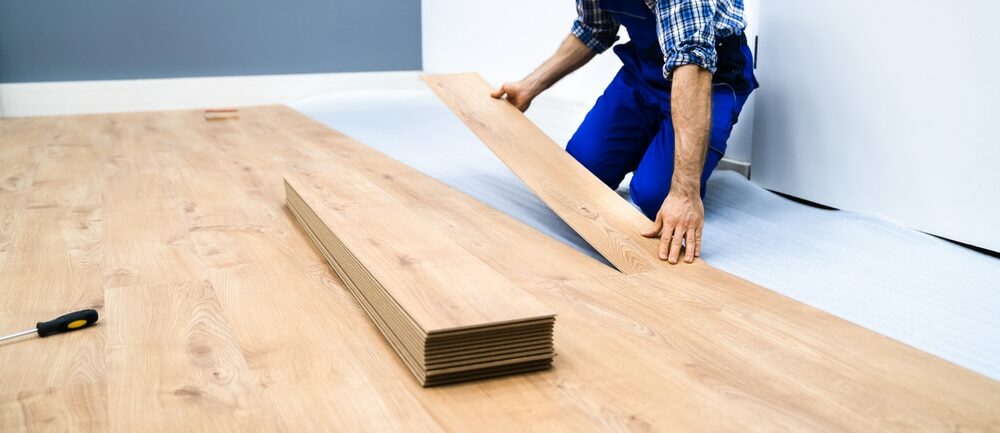
2. Staple-Down Installation
The staple-down method is quite similar to the nail-down process, but staples are used instead of nails. This method is also typically used for solid hardwood floors and, like the nail-down system, requires a wooden subfloor. Although the staple-down method is generally easier and faster than the nail-down system, it does have its drawbacks. Staples can potentially damage the flooring if not installed correctly. The floor may also become less stable over time compared to a nail-down installation since staples don’t hold the planks as securely as nails do.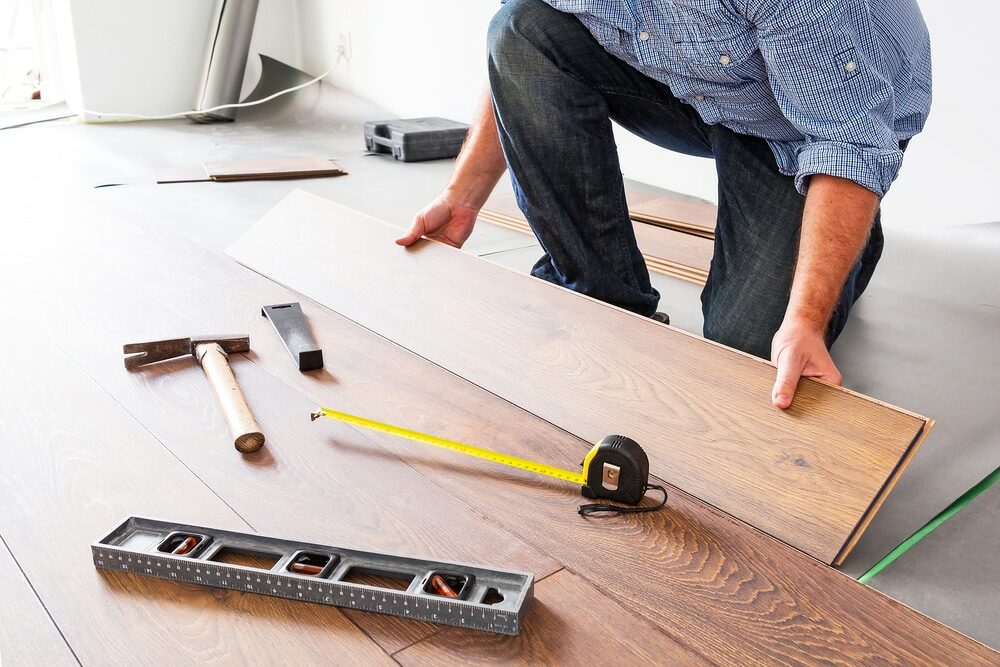
3. Glue-Down Installation
The glue-down method involves adhering the hardwood planks to the subfloor using a special adhesive. This method is typically used for engineered hardwood flooring, and it can be used with various types of subfloors, including concrete. One of the main advantages of the glue-down method is its versatility. It’s suitable for installation over radiant heat systems, and it can also be used for soundproofing by choosing an adhesive with sound-dampening properties. However, this method can be messy and requires significant skill to spread the glue evenly and achieve a flat, smooth surface. Any mistakes made during installation can be challenging to correct.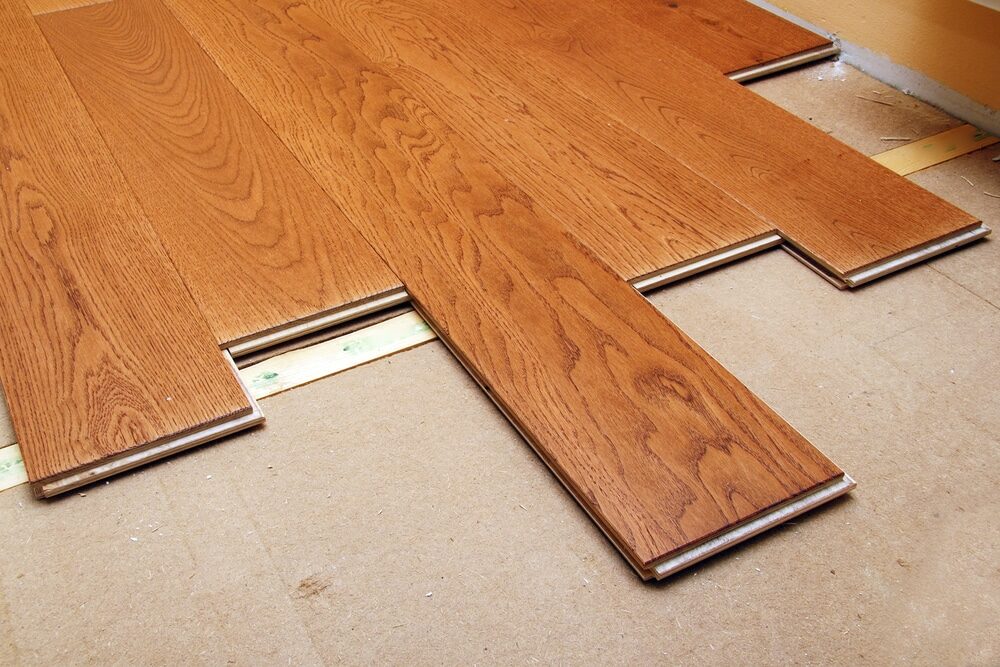
4. Floating Installation
The floating installation system is a modern innovation that’s often used with engineered hardwood and laminate flooring. In this method, the planks aren’t fastened to the subfloor. Instead, they’re fitted together using a tongue-and-groove system or a click-lock mechanism, creating a ‘floating’ floor over the subfloor. This system is relatively easy to install and can be done over most types of subfloors, including those with radiant heating systems. It’s also a great choice for DIY enthusiasts, as it doesn’t require specialised tools or extensive experience. However, a floating floor may not feel as solid underfoot as a nailed or glued floor, and it may also produce more sound when walked upon.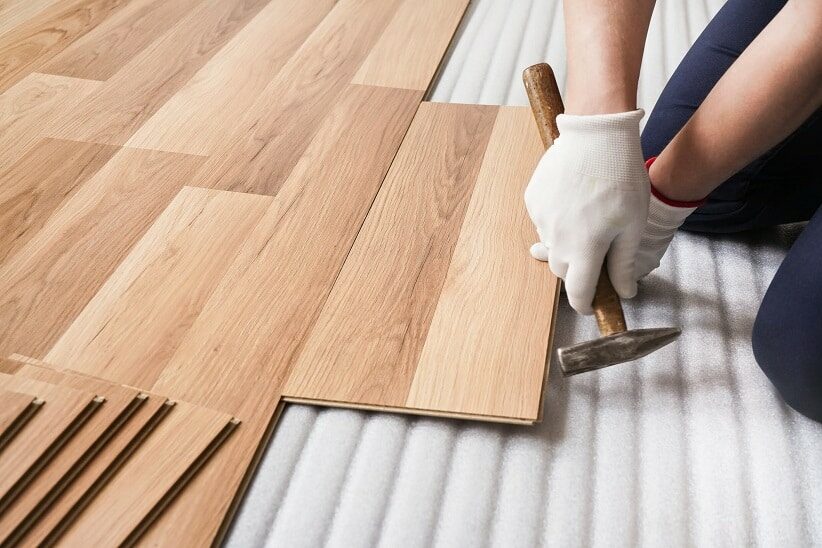
5. Hybrid Installation
In recent years, hybrid installation systems have gained popularity. These systems, such as the click-and-lock method, combine elements of the glue-down and floating installation systems. The planks are designed to lock together without the use of adhesive, but glue can be added to the joints for extra stability.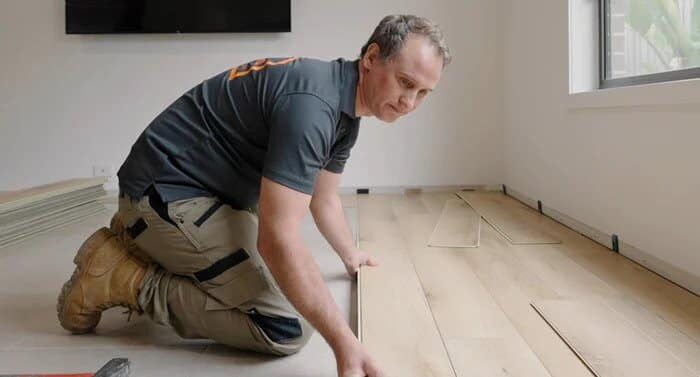
6. Click-and-Lock Installation
The click-and-lock installation system is a type of floating floor method that has rapidly grown in popularity due to its simplicity and speed. This system is generally used with engineered hardwood or laminate flooring. Each plank has a specially designed edge that ‘clicks’ into the adjacent plank, creating a secure bond without the need for nails, staples, or glue. The click-and-lock method is incredibly DIY-friendly. Its ease of installation and minimal tool requirements make it an excellent choice for homeowners looking to take on their own flooring projects. However, like other floating floor systems, it may not provide the same solid feel or quiet underfoot as glued or nailed-down methods.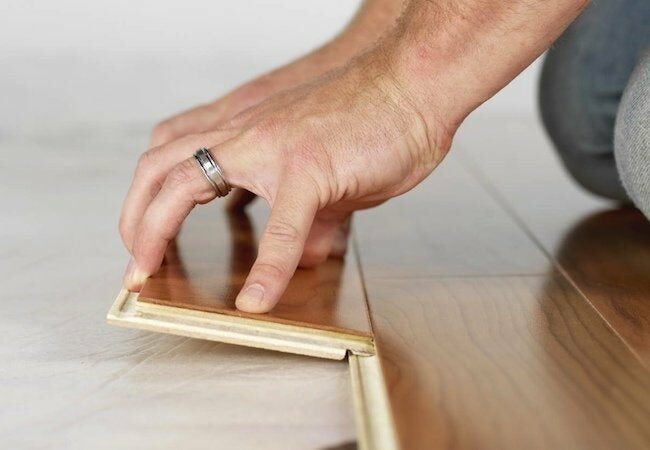
7. Flooring installation and underlayment
No matter which installation system you choose, it’s crucial to consider the role of underlayment. Underlayment is a thin layer of material placed between the hardwood flooring and the subfloor. It serves multiple purposes, including providing cushioning, reducing sound transmission, improving insulation, and acting as a moisture barrier. Different types of underlayment are suited to different installation systems. For nail-down or staple-down methods, felt or tar paper is commonly used. For glue-down systems, a moisture barrier may be necessary, particularly if you’re installing over concrete. Floating floor systems typically use foam or cork underlayment to provide cushioning and sound insulation. Always make sure to choose an underlayment that’s appropriate for your chosen installation method and your specific circumstances.8. Choosing the Right Installation System
When it comes to choosing the right hardwood flooring installation system, there’s no one-size-fits-all answer. The best method for you will depend on various factors, including the type of hardwood you’re installing, the nature of your subfloor, your budget, your skill level, and your personal preferences. Solid hardwood is typically installed using the nail-down or staple-down method, while engineered hardwood offers more flexibility and can be installed using any of the systems mentioned. If you’re planning a DIY project, the floating or click-and-lock methods are likely the most straightforward. However, if you’re looking for the most stable and long-lasting installation, a nail-down or glue-down method may be preferable. Before making your decision, it’s worth seeking professional advice. A flooring expert can assess your home and advise you on the most suitable method for your circumstances. They can also provide you with tips and guidance if you plan on installing the flooring yourself. Some Useful Links:Conclusion
Hardwood flooring can add warmth, beauty, and value to your home. Understanding the various installation systems is crucial to ensuring a successful project, whether you’re planning to hire a professional or do it yourself. From traditional nail-down and staple-down methods to modern floating and hybrid systems, each method offers unique benefits and challenges. By carefully considering your needs and circumstances, you can choose the installation system that will provide you with a beautiful and long-lasting hardwood floor. Remember, the beauty of a hardwood floor is not just in the material itself but also in the quality of its installation.More from our Blog:
Eco-Friendly Bamboo Flooring: A Sustainable Choice Wood Floor Sanding Essentials – Uncover the Basics of Floor Restoration Advantages of Pre-sanded Hardwood Flooring Explained Laminate Flooring vs. Hardwood: Cost, Durability, Aesthetics How Easy Is To Repair A Hardwood Floor? The Experts Guide Parquet Wood Flooring: The Perfect Choice for Your Home Gym
Sanding
We provide virtually dust-free sanding with our continuous belt machinery with mobile extraction units, giving you a safer environment for your family.
Oiling
This organic finish not only adds beauty to your home but also has exceptional water-repellent characteristics, making it easier to clean and maintain.
Waxing
This natural floor finish offers the softest and most mellow appearance – and leaves your floor able to breath.
Buffing
Using soft buffing machines (and hand-polishing where required) will bring a wonderful sheen to your newly-finished floor.
Repairs
We offer a full assessment of your wooden floors to determine what repairs are needed to provide the perfect working surface for the later stages of sanding, staining and sealing.
Restoration
We offer a comprehensive restoration process designed to address floors that are improperly fitted or damaged over time through wear and tear.
Request a fixed price quote for your wood floor restoration now
Simply enter your postcode below to get started.
Services
Wood Floor Sanding Wood Floor Restoration Wood Floor Scratch Repair Squeaky Wood Floor Repair Parquet Floor Sanding Parquet Floor Restoration Commercial Floor Sanding Church Floor Sanding Community Centre Floor Sanding School Floor Sanding Gap Filling Gap Filling with ResinCopyright © Mr Sander®
Privacy & Cookies Terms & Conditions Complaints Procedure Cancellation Rights Sitemap